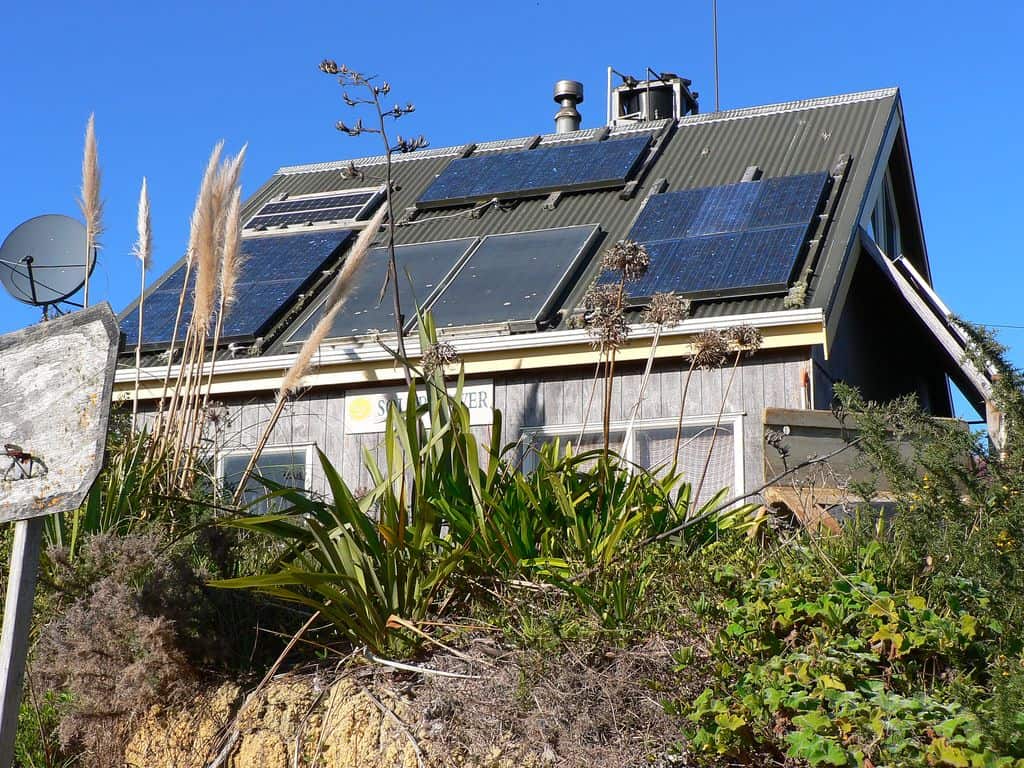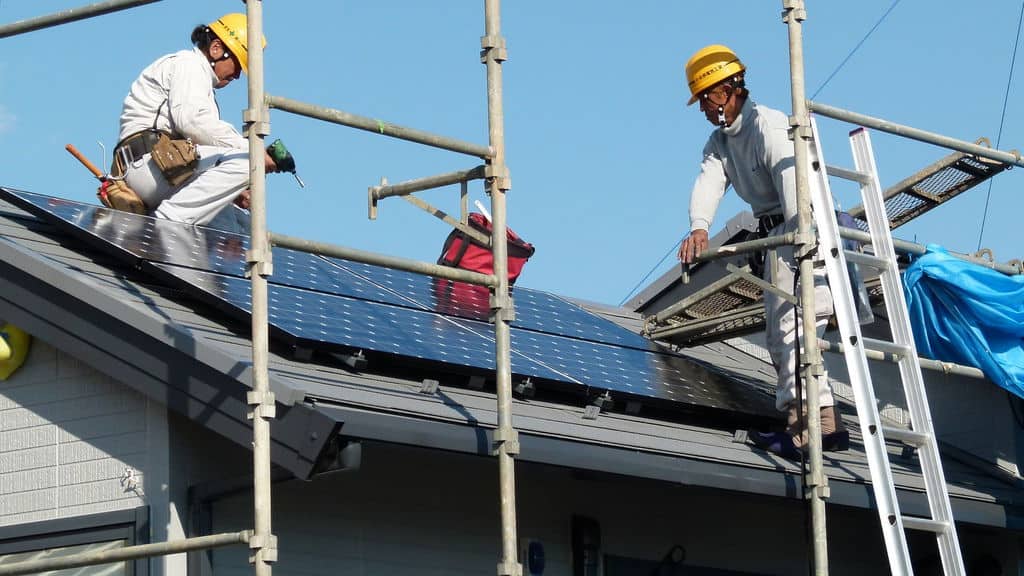What is the future of solar energy in the US?
With a current installed solar power capacity of more than 129 GW, the US solar industry is estimated to nearly triple in size to 336 GW across all market segments in the next five years.
Considering these numbers and new regulations, such as the Inflation Reduction Act (IRA) being implemented, it is no wonder that solar energy is steadily growing as a viable source of renewable power in the country.
This article will discuss the future possibilities of solar energy in the United States and explore the factors driving the sector’s growth and its potential to become a major source of power in the United States.
How many people in the US have solar panels at home?
According to SEIA market insights, there were more than 23 million residential rooftop system installations in the US in 2022, accounting for 39% of new power sources in Q2 2021.
This represents a significant increase from the previous years and indicates that the future of solar panels will see more and more homeowners turning to eco-friendly alternatives to meet their energy needs.
There are many reasons for this trend in the future for solar energy, including a growing interest in renewable power sources by more Americans and a desire to reduce their carbon footprints.
With the continued growth of the residential PV market, it is clear that the US is moving to a solar-powered future.
What type of solar energy is the most popular?
Solar energy utilizes various technologies to convert the light and heat of the sun into electricity. As opposed to coal burning, solar power is clean energy and has no effect on global warming. The three most widely used are:
- Photovoltaic (PV) systems use photovoltaic (PV) cells to convert sunlight into electricity. When exposed to light, these cells produce electrons to generate current in an electric circuit. The panels are built into rooftops or large flat surfaces exposed to the sun’s rays.
- Concentrated Solar Power (CSP) uses mirrors to concentrate sunlight on a receiver, heating it up to high temperatures that make steam from water. The steam then drives a turbine which generates electricity.
- Solar Heating and Cooling (SHC) uses collectors to heat water or air, which is then transferred to a building’s space. SHC systems can be installed in all types of buildings, including homes and businesses.
PV systems, such as the home solar electric systems in Florida by PPM Solar, are the most popular type of green energy system because they are inexpensive, easy to install and maintain and produce a high return on investment.
A PV system can be sized to meet virtually any home or business’s energy needs, including solar panels for farms and agriculture. The amount of electricity that it generates depends on its size and how much sunlight it receives.
Forecasts of solar energy in the US for the coming years

Despite a slow start to 2022, the capacity for solar energy of the future in the United States shows it is expected to grow at a record pace.
With the passage of the IRA – which aims to invest over $350 billion in domestic energy production while promoting clean, renewable power sources – WoodMac and the Solar Energy Industries Association (SEIA) predict that solar deployment will increase by 40% above earlier forecasts by 2027. The IRA legislation also represents a significant step forward in the push for greater energy democracy.
In its 2021 Solar Futures Study report, the Department of Energy demonstrates the great deal of potential in solar power and how it can be utilized to eliminate the US reliance on fossil fuels.
It says in addition to lowering electricity bills for consumers, shifting to clean energy will help generate 3 million US jobs
The US agency estimates that up to 40% of the country’s electricity needs can be provided by green energy, a significant number in light of the projected 30% demand increase in electricity between 2020 and 2035.
Is it profitable to switch to solar energy?
In a word, yes.
First, the cost of PV panels has dropped dramatically over the past few decades, making them more affordable for consumers.
Second, energy panels have become much less expensive to maintain than other forms of power generation, thanks to technological advancements that make it easier to harness the sun’s rays.
Third, no natural gas or coal plants need to be built or maintained (or replaced) when climate change makes weather patterns unpredictable and dangerous.
This means that if you want to switch to solar power, your investment will pay off quickly and easily—and you won’t have to worry about any changes in government policy or market demand affecting your bottom line.
Final words
The bottom line is that alternative power sources will continue to fill a growing share of the US’s overall energy consumption. And solar energy for the future in particular, with its myriad benefits and ever-improving technology, should see substantial growth. In the coming years, we can expect to see more and more green energy panels popping up on rooftops and in fields across the country.

